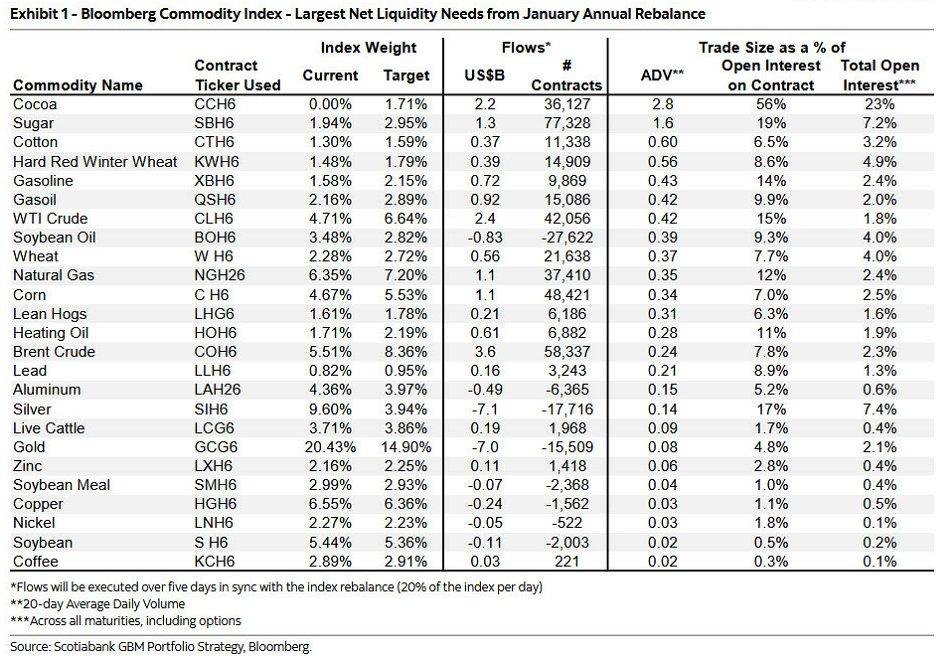On November 30, 2022, ChatGPT was made available to the general public, and the world was forever changed. While many had prophesied about the potential impact of Artificial Intelligence (AI) for years, ChatGPT gave us the first glimpse into an AI-powered future. The novelty of OpenAI’s creation propelled interest in AI into the stratosphere, while at the same time reigniting concerns about the impact of AI on the economy. One can easily imagine a “nightmare” scenario where AI puts everyone out of their jobs virtually overnight—scrambling the economy and impacting untold numbers of workers. Minimally, this would lead to a painful adjustment period and, at worst, damage the economy irrevocably. But are these fears justified?
Artificial intelligence is a new technology, but it is subject to the laws of economics just like anything else. We can rely on examples from the past—as well as information in the present—to guide our understanding of how and where AI might impact the economy. As we will see, the fears of the AI alarmists over its damage are unjustified.
Artificial Intelligence is Still Limited
We have already seen the power of AI programs through text, image, and music generation services. It seems only natural to ask if these abilities could be used in other fields as well. While a tantalizing prospect, AI is still limited in its broader application and capabilities.
For example, almost all AI programs on the market are prompt-based. You give the AI a set of instructions, and it gives you what it thinks you want to see. However, this means that the AI output is only as good as the user input. As anyone who has used these programs (ChatGPT, Microsoft CoPilot, Bard, etc.) can attest to, creating good prompts for the AI is an art in itself.
While a prompt-based service is useful for some industries (customer service, for instance), these services are far from universal appeal. Until these programs are able to complete more complex tasks without step-by-step prompts, most businesses will keep their usage of AI limited, if they use it at all. These limitations are already making themselves felt in the stock market, as AI-related companies have come under increased pressure to generate sales for their products.
AI also has an unfortunate tendency to “hallucinate,” wherein it confidently invents things that don’t exist. This could be inventing a book that does not exist, a movie starring an actor that isn’t real, or a citation for a paper that was never written. The dangers of these “hallucinations” was recently demonstrated in a New York court case. A lawyer submitted a brief to the judge, arguing that because of the precedent set by other cases, the charges against his client should be dismissed. There was just one problem—many of the cases cited in his brief weren’t real! The lawyer had used ChatGPT to help assemble research, and the program had hallucinated several cases that—while sounding legitimate—never took place.
Cases like these show that AI has quite a ways to go before it can be safely implemented in any detail-oriented roles. Until these problems are fixed (or at least greatly reduced) any AI output would have to be critically examined by a human—at which point you might as well just employ a human in the first place. It is important to remember that AI programs don’t actually think like we do—they are purely predictive in nature. All they are doing is trying to give you the answer they “think” you want.
All of these are serious problems for AI programs, and it remains to be seen if and how they might be solved. It is possible that some of these will be insoluble. Or they might be fixable, but only with many years of fine-tuning. Regardless, the use cases for AI are still limited for now, and it will take time for these programs to start threatening industries or jobs en masse.
Artificial Intelligence Will be Adopted Gradually
Whenever a new technology enters the market, it goes through phases of adoption. Early adopters jump on the new tech right away, then it continues to build momentum as other companies adopt it. Eventually, it reaches a point where no more companies want to implement it, or is replaced by a newer, more productive technology.
We can see this gradual adaptation in technological revolutions throughout history. Steamboats were afloat in the early 19th century, but wouldn’t fully replace sailboats until the end of the 19th century. The first automobiles hit the road in the 1890s, but wouldn’t become commonplace until the 1920s (largely due to entrepreneurs like Henry Ford). Even the internet wasn’t used commercially until the mid-1990s, despite being applied in other uses for years. (In fact, economist Paul Krugman famously predicted in 2005 that the internet would have no greater impact than the fax machine).
Artificial Intelligence will almost surely follow a similar pattern. Contrary to what AI alarmists might claim, the development of AI doesn’t entail the immediate dominance of AI. As shown above, new technologies undergo a transition period where both old and new technologies are used simultaneously. Eventually, the old technologies are fully replaced by the new, but not until after a period of coexistence.
These transition periods exist because the implementation of new processes are not profitable for all businesses immediately. Some entrepreneurs will judge it profitable to engage in switching processes right away, whereas others will not do so until a later date. Implementation of AI is no different. Even assuming a demand from firms to use AI, they will only do so if using AI is cheaper than their current productive inputs and they are willing to cover any transition/implementation costs. In other words, we won’t just wake up one day with everyone’s jobs stolen in the night by ChatGPT. The adoption of AI (to the degree it is adopted) will happen over time.
AI’s Productivity is Nothing to be Scared Of
Even if AI has some kinks to work out and will take time to fully implement, won’t its productivity still put lots of people out of jobs? While AI might lead to broader economic changes, these types of changes have been experienced before. As pointed out above, new technologies have led to economic changes before without leading to an economic catastrophe. Carriage drivers simply found jobs elsewhere.
Granted, AI is a unique technology, and one with a unique productive power, but economic theory and history assure us that this productivity is beneficial in the long run. The law of comparative advantage tells us that no matter how productive someone is, they can benefit from trade under the division of labor. This is because all production has an opportunity cost. For example, a neurosurgeon might be able to clean his office even better than a maid could, however, cleaning his office takes up time that he could be spending performing surgery. Therefore, instead of cleaning his office himself, he’ll hire a maid to do it instead.
Even if artificial intelligence becomes more productive than humans at every task imaginable (a dubious proposition), there are still costs associated with AI. Maintaining AI servers is expensive, as many companies have recently discovered. Because these costs exist, the law of comparative advantage tells us that there will always be jobs that humans can do for a cheaper cost than AI. Even if we can build a super-productive AI, there will still be jobs for humans to do (and a much higher standard of living with the wages from them).
Conclusions
It’s difficult to tell what impact artificial intelligence will have in the years to come. For example, many thought that blue-collar jobs would be the first affected by the “AI Revolution,” but instead it looks like AI will be adopted in white-collar industries first. In any case, the hand-wringing and fears of AI are not justified by the facts.
While comic books and movies might paint a dismal view of what AI will bring us, the laws of economics beg to differ. Increases in productivity—wherever they come from—increase everyone’s standard of living in the long run. If artificial intelligence can grant us tangible benefits, then we should welcome it with open arms. Just as we are grateful for the technological innovations of the past, future generations will be thankful for the technological innovations of our present.
Full story here Are you the author? Previous post See more for Next postTags: Featured,newsletter




























